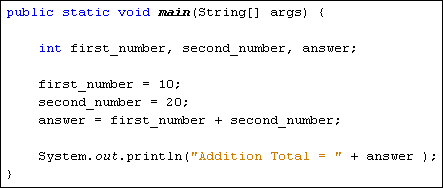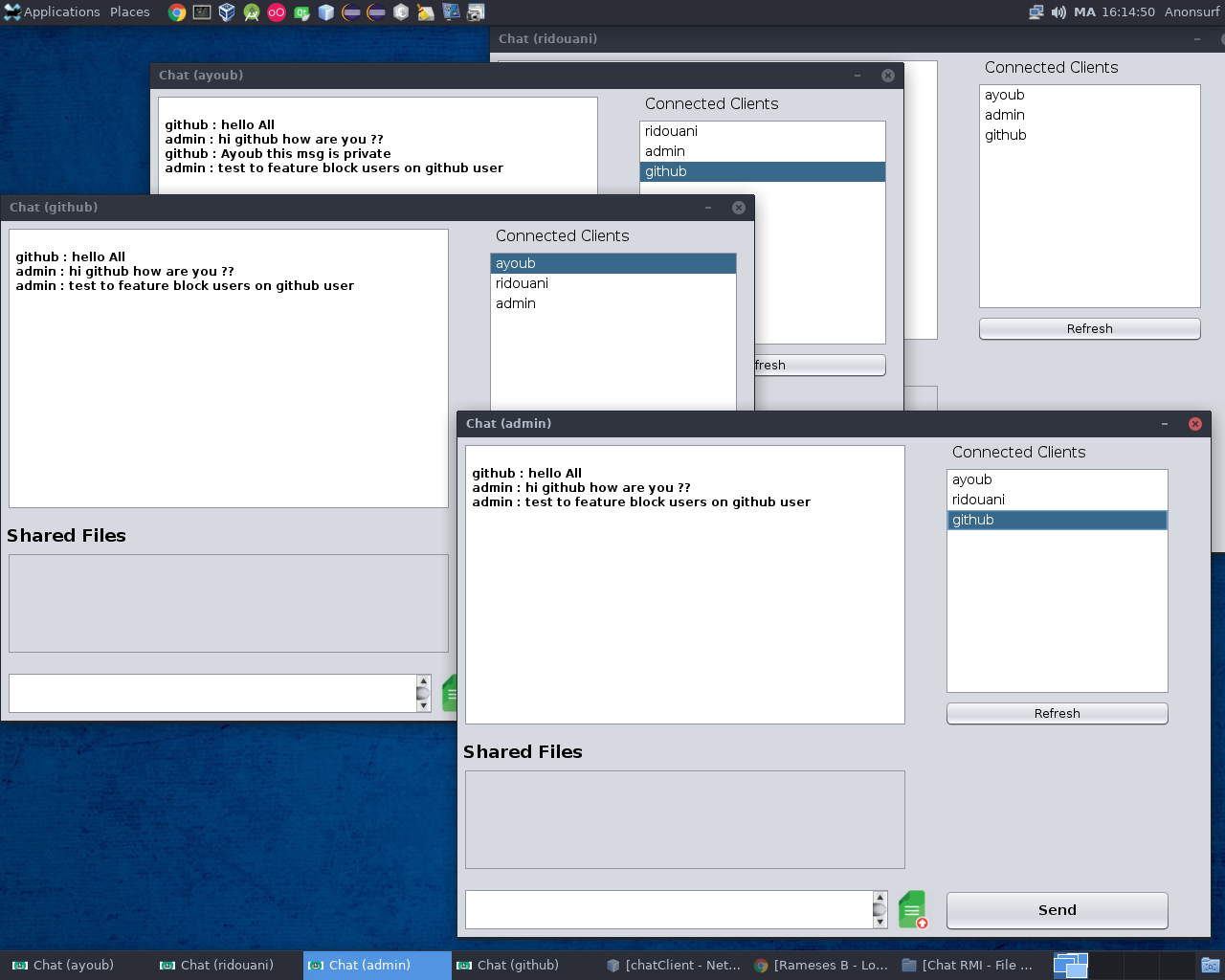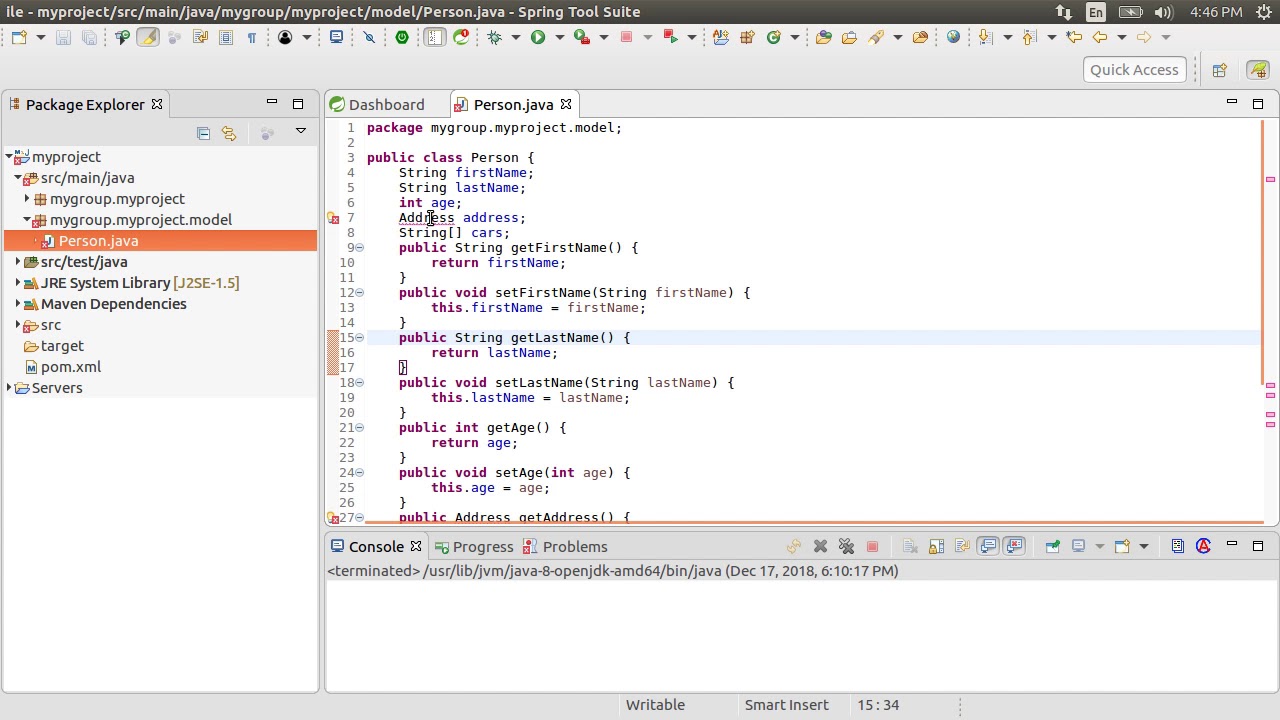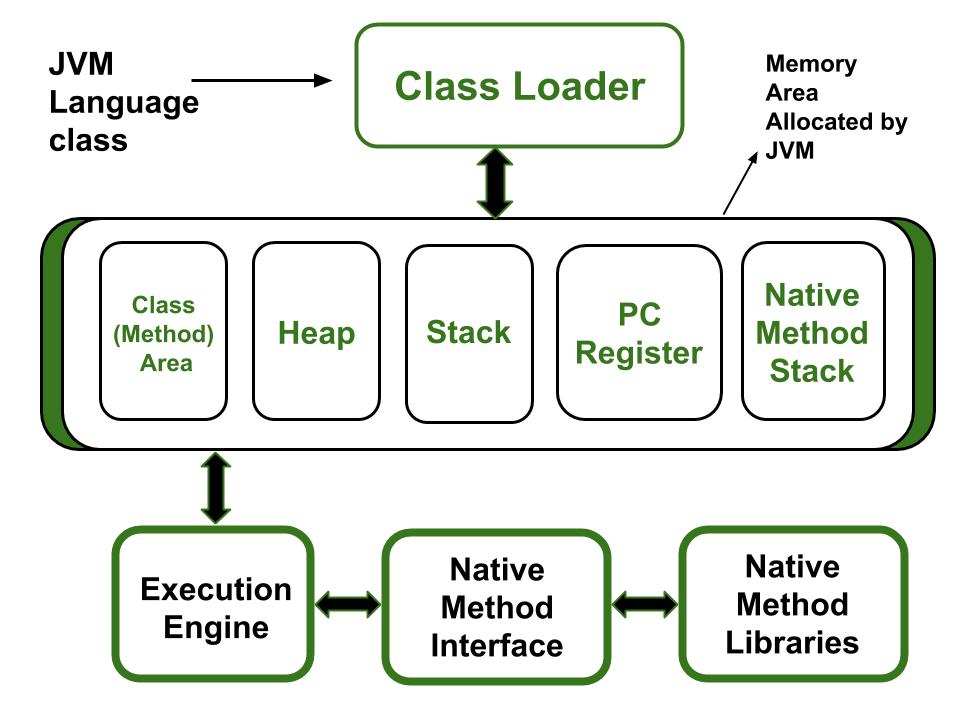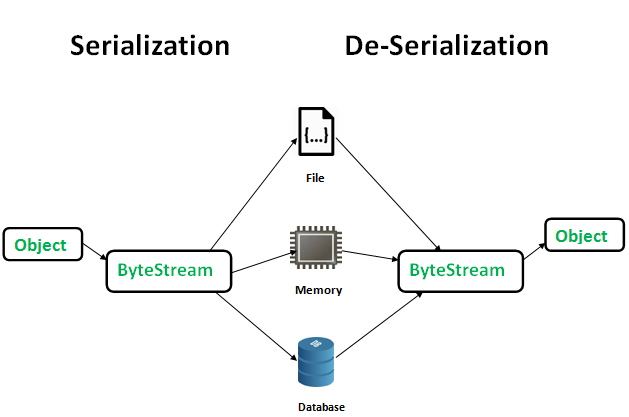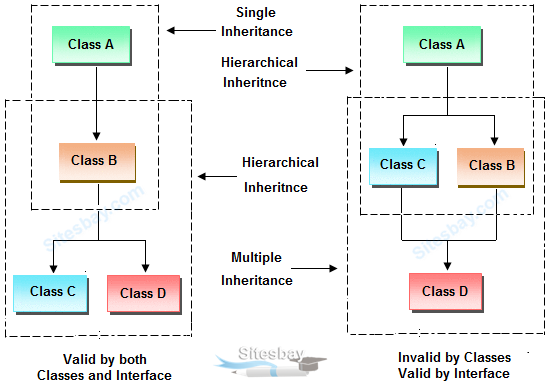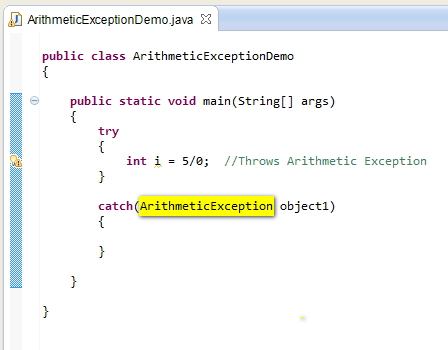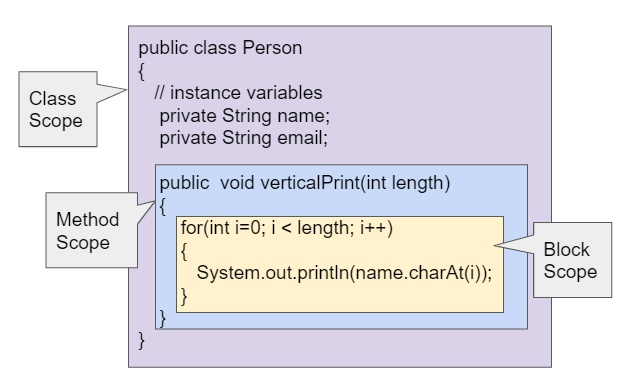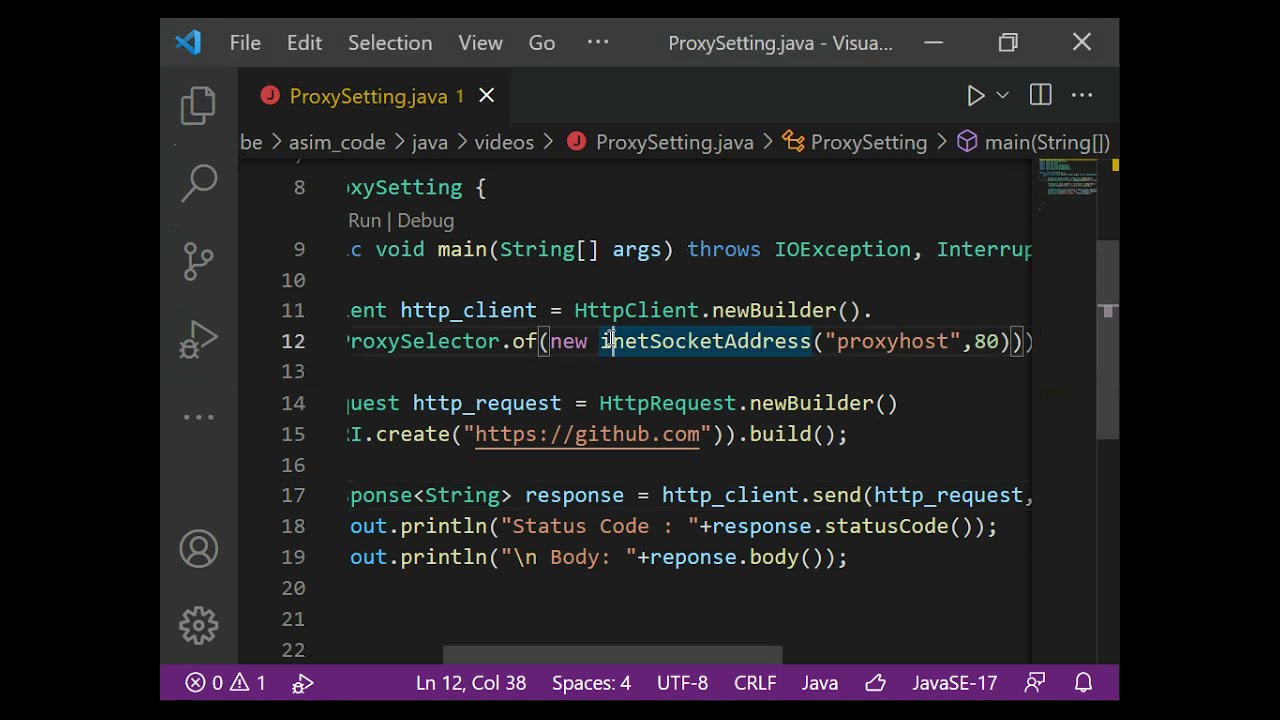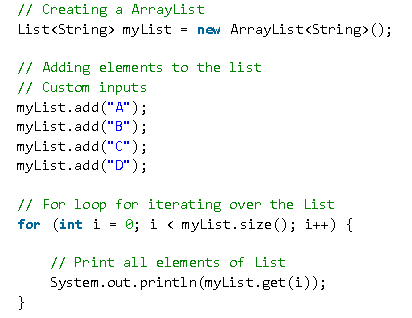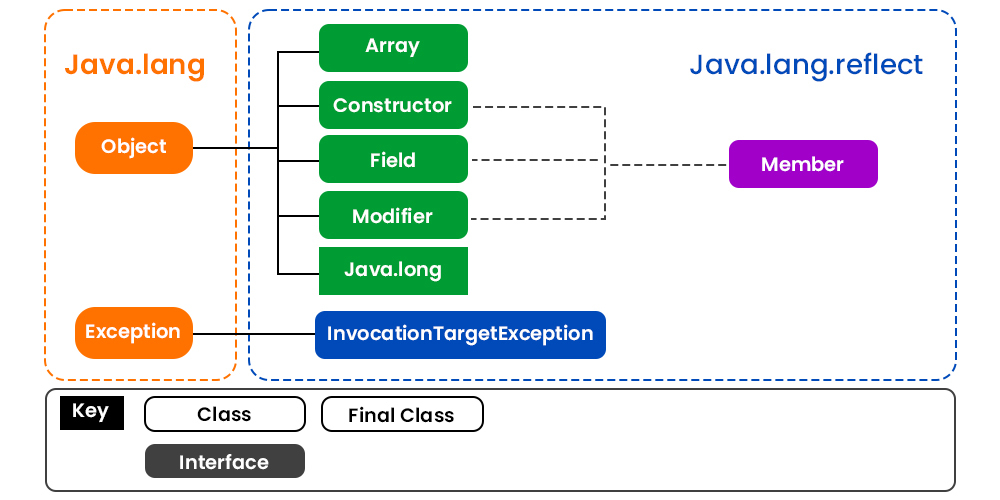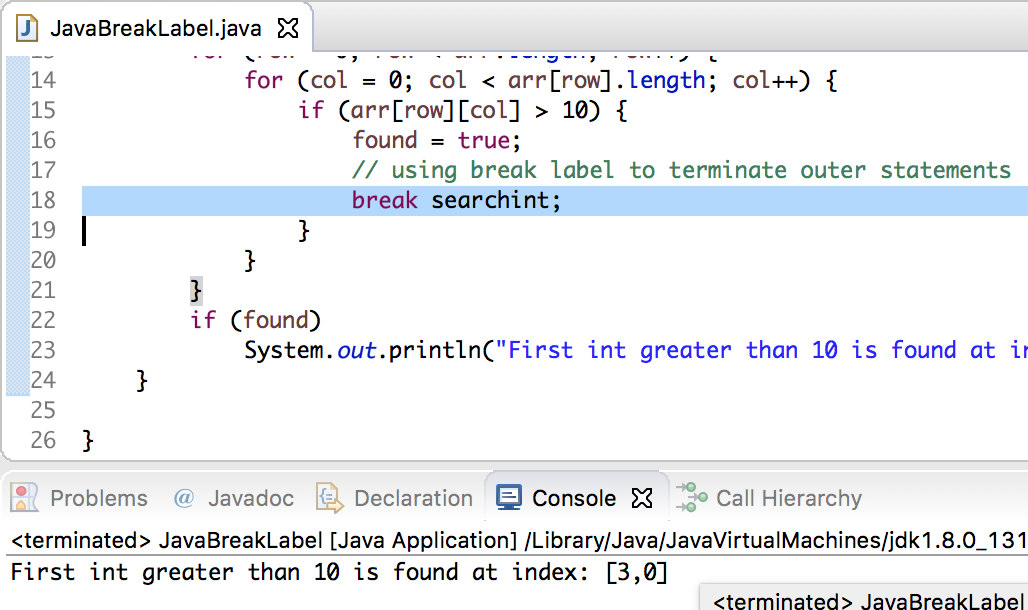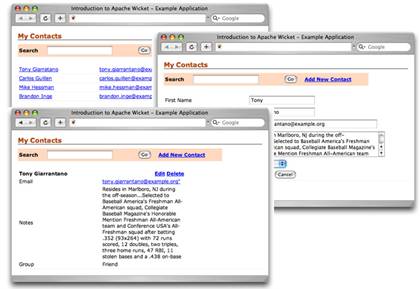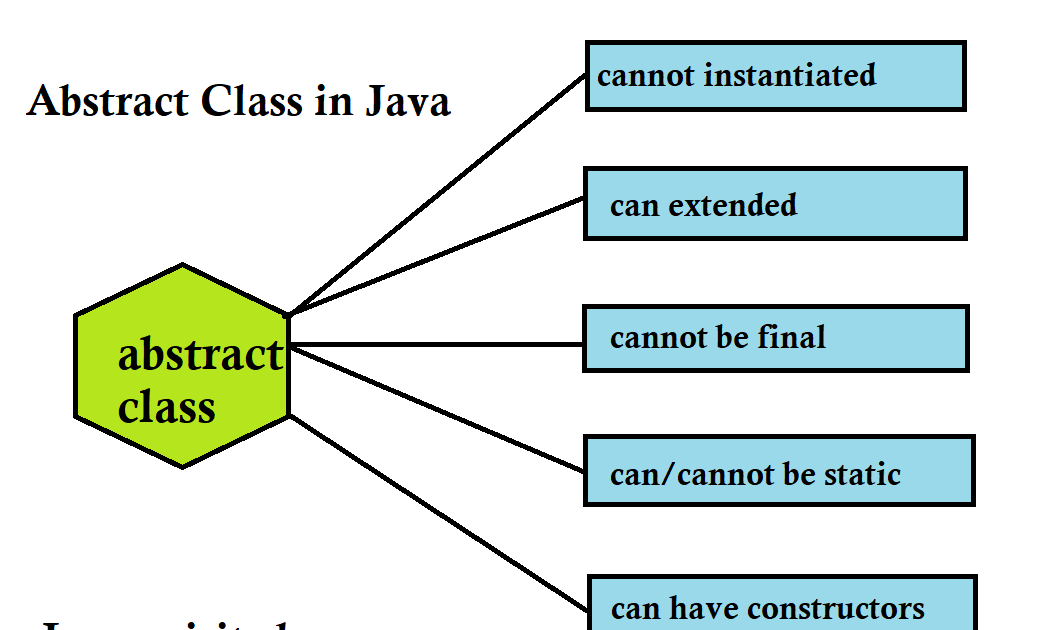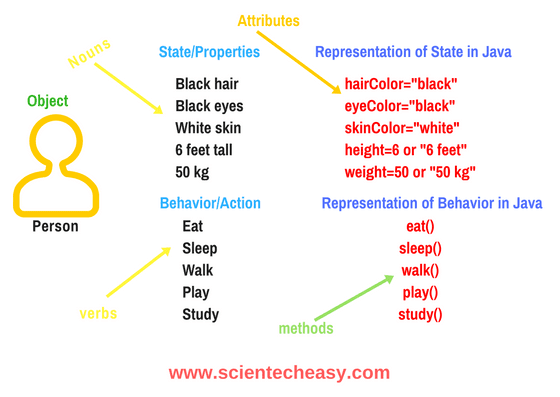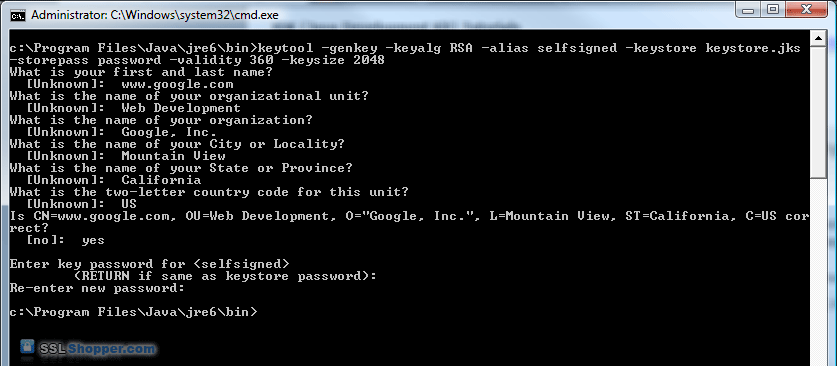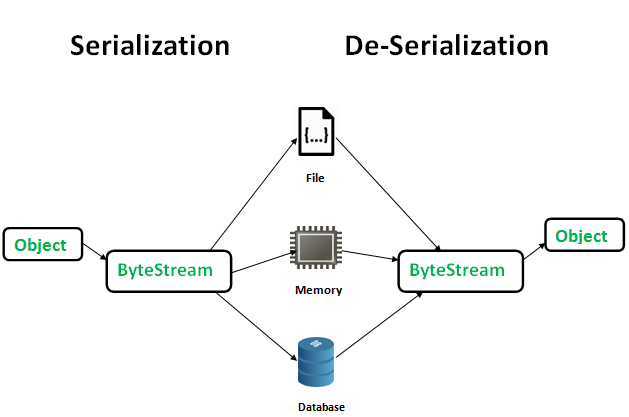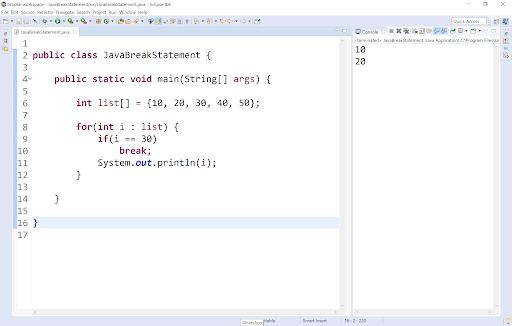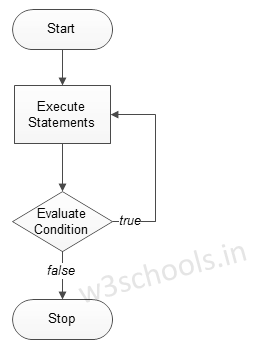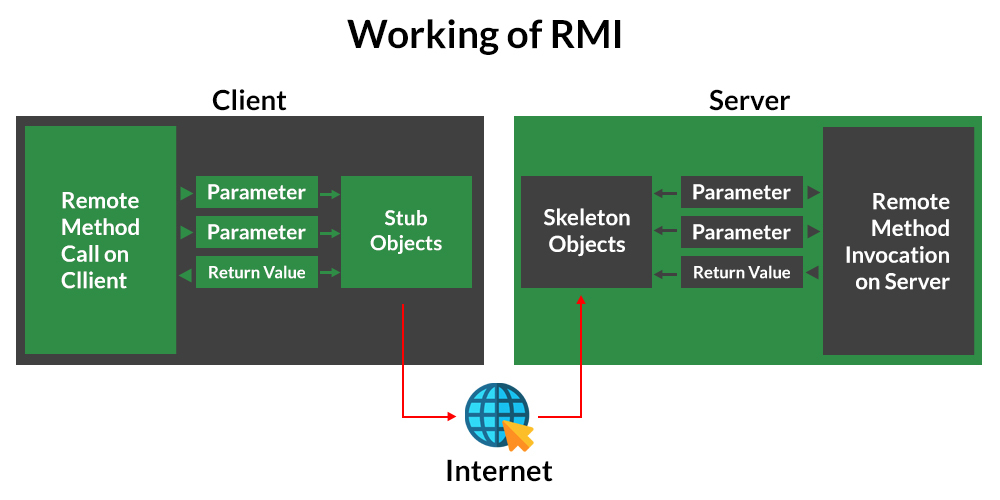What is a bridge pattern in Java?
What is a bridge pattern in Java?
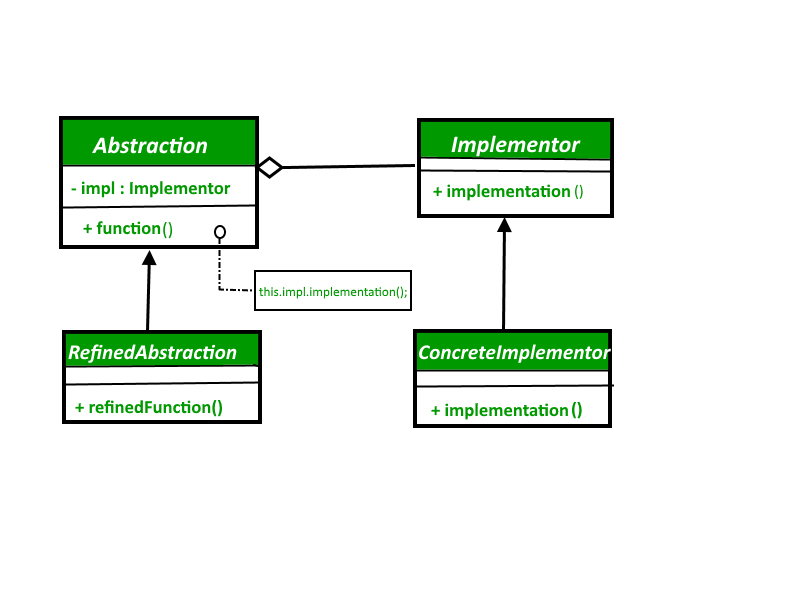
The Bridge Pattern!
In the wonderful world of Java (and programming in general), a Bridge Pattern is a design pattern that helps decouple an abstraction from its implementation, allowing for greater flexibility and extensibility.
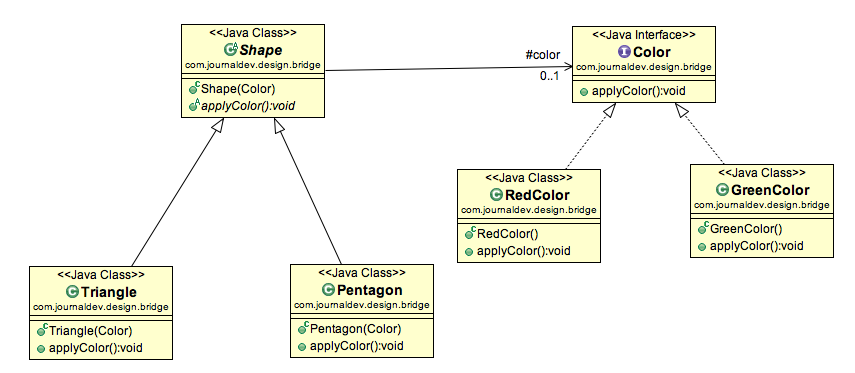
To better understand this concept, let's break it down:
Abstraction: This refers to the interface or abstract class that represents the core functionality or behavior of a system. Think of it as the "what" – what the system does.
Implementation: This is the concrete class that implements the abstraction's behavior. It's the "how" – how the system achieves its goals.
In traditional design, the Abstraction and Implementation are tightly coupled, meaning they're closely tied together. However, this can lead to problems:
Rigidity: When you change one part of the system, it affects other parts. Limited Extensibility: Adding new features or behaviors becomes complicated.The Bridge Pattern solves these issues by introducing a Bridge (or an "Implementor") that separates the Abstraction from its Implementation. This allows for more flexibility and extensibility:
Decoupling: The Abstraction no longer depends on specific Implementations. Multiple Implementations: You can create multiple concrete implementations of the same abstraction, without affecting the original abstraction.Here's a simple Java example to illustrate this:
// Abstract Class (Abstraction)
public abstract class Graphics {
public abstract void render();
}
// Raster Graphics Implementation
public class RasterGraphics implements Graphics {
@Override
public void render() {
System.out.println("Rendering using raster graphics.");
}
}
// Vector Graphics Implementation
public class VectorGraphics implements Graphics {
@Override
public void render() {
System.out.println("Rendering using vector graphics.");
}
}
// Bridge (Implementor)
public abstract class Shape {
protected Graphics graphics;
public Shape(Graphics graphics) {
this.graphics = graphics;
}
public abstract void draw();
}
// Concrete Shapes using different Implementations
public class Circle extends Shape {
@Override
public void draw() {
System.out.println("Drawing a circle using " + graphics.getClass().getSimpleName());
graphics.render();
}
}
public class Rectangle extends Shape {
@Override
public void draw() {
System.out.println("Drawing a rectangle using " + graphics.getClass().getSimpleName());
graphics.render();
}
}
In this example, the Graphics abstract class is the Abstraction, and the RasterGraphics and VectorGraphics classes are Implementations. The Shape abstract class acts as the Bridge, which takes a Graphics object in its constructor.
You can create multiple concrete shapes (e.g., Circle, Rectangle) that use different implementations of the same abstraction. This is just one way to demonstrate the power of the Bridge Pattern!
In conclusion, the Bridge Pattern in Java allows for greater flexibility and extensibility by decoupling an abstraction from its implementation, enabling you to create multiple concrete implementations without modifying the original abstraction.
Now, go forth and bridge the gap between your abstractions and implementations!
Adapter pattern Java
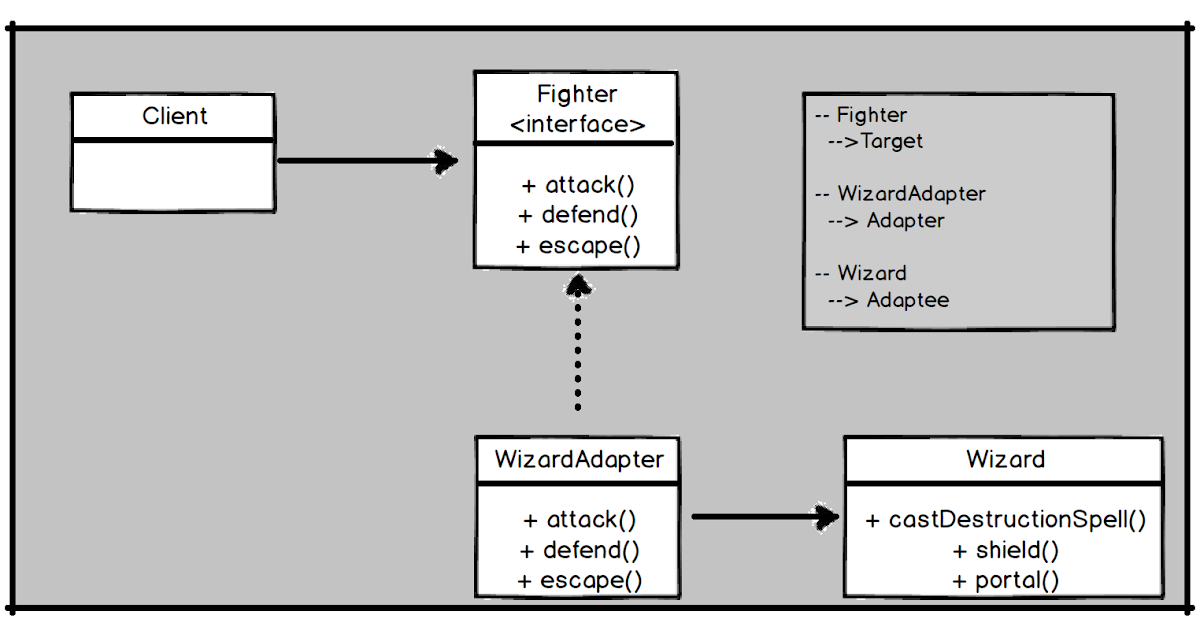
Here's an explanation of the Adapter pattern in Java:
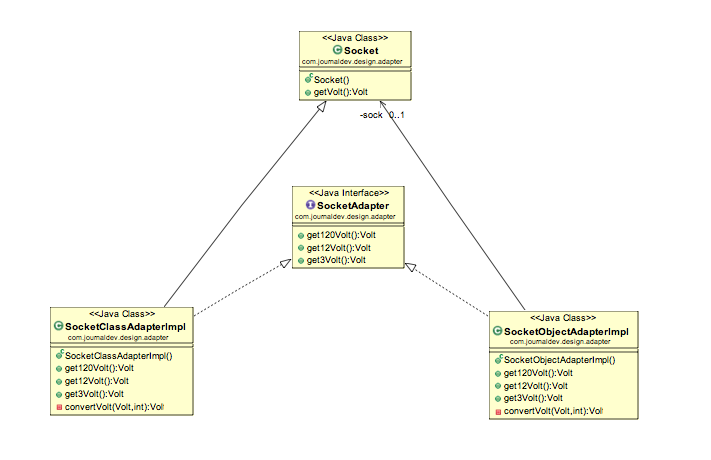
What is the Adapter Pattern?
The Adapter pattern is a design pattern that allows two incompatible objects to work together by converting one object's interface into another's interface. This allows you to use an object that's not originally designed to work with your system, but still makes it compatible.
Problem Statement:
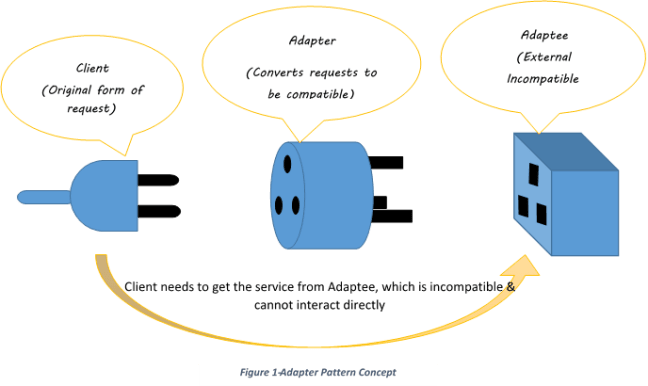
Suppose we have a class USB (Universal Serial Bus) that has methods to read and write data from a USB drive:
public interface USB {
void readData();
void writeData(String data);
}
Now, suppose we have another class FireWire (a different type of interface) that's not compatible with the USB interface. We want to use the FireWire class with our system, but it doesn't support reading and writing data like a USB drive.
Solution:
We can create an adapter class FireWireAdapter that implements the USB interface:
public class FireWireAdapter implements USB {
private FireWire fireWire; // reference to the original FireWire object
public FireWireAdapter(FireWire fireWire) {
this.fireWire = fireWire;
}
@Override
public void readData() {
// convert the read operation from FireWire to a compatible form
// for example, read some data from the FireWire drive and store it in a String
String data = fireWire.readFromFireWire();
System.out.println("Read data: " + data);
}
@Override
public void writeData(String data) {
// convert the write operation from USB to a compatible form for the FireWire interface
// for example, write the given data to the FireWire drive using some specific method
fireWire.writeToFireWire(data);
}
}
The adapter class FireWireAdapter acts as an intermediary between our system and the incompatible FireWire class. It provides a compatible interface (the USB interface) that our system can use, while at the same time allowing us to work with the original FireWire class.
How it Works:
Here's how we can use this adapter:
public class Main {
public static void main(String[] args) {
// create a FireWire object (the incompatible one)
FireWire fireWire = new FireWire();
// create an instance of the adapter class
USB fireWireAdapter = new FireWireAdapter(fireWire);
// now we can use the FireWire object with our system, which expects the USB interface!
fireWireAdapter.readData();
fireWireAdapter.writeData("Hello");
// ... and so on.
}
}
In this example, we create a FireWire object (the original incompatible one) and an instance of the adapter class (FireWireAdapter). We then use the adapter to interact with our system, which expects the USB interface. The adapter takes care of converting the operations from the USB interface to compatible forms for the FireWire interface.
Benefits:
The Adapter pattern helps us achieve compatibility between two incompatible interfaces without modifying the underlying objects or classes. This makes it a useful design pattern in situations where we need to integrate different systems or components that don't share a common interface.
In summary, the Adapter pattern is a powerful tool for achieving compatibility and flexibility when working with different interfaces and systems in Java programming.
